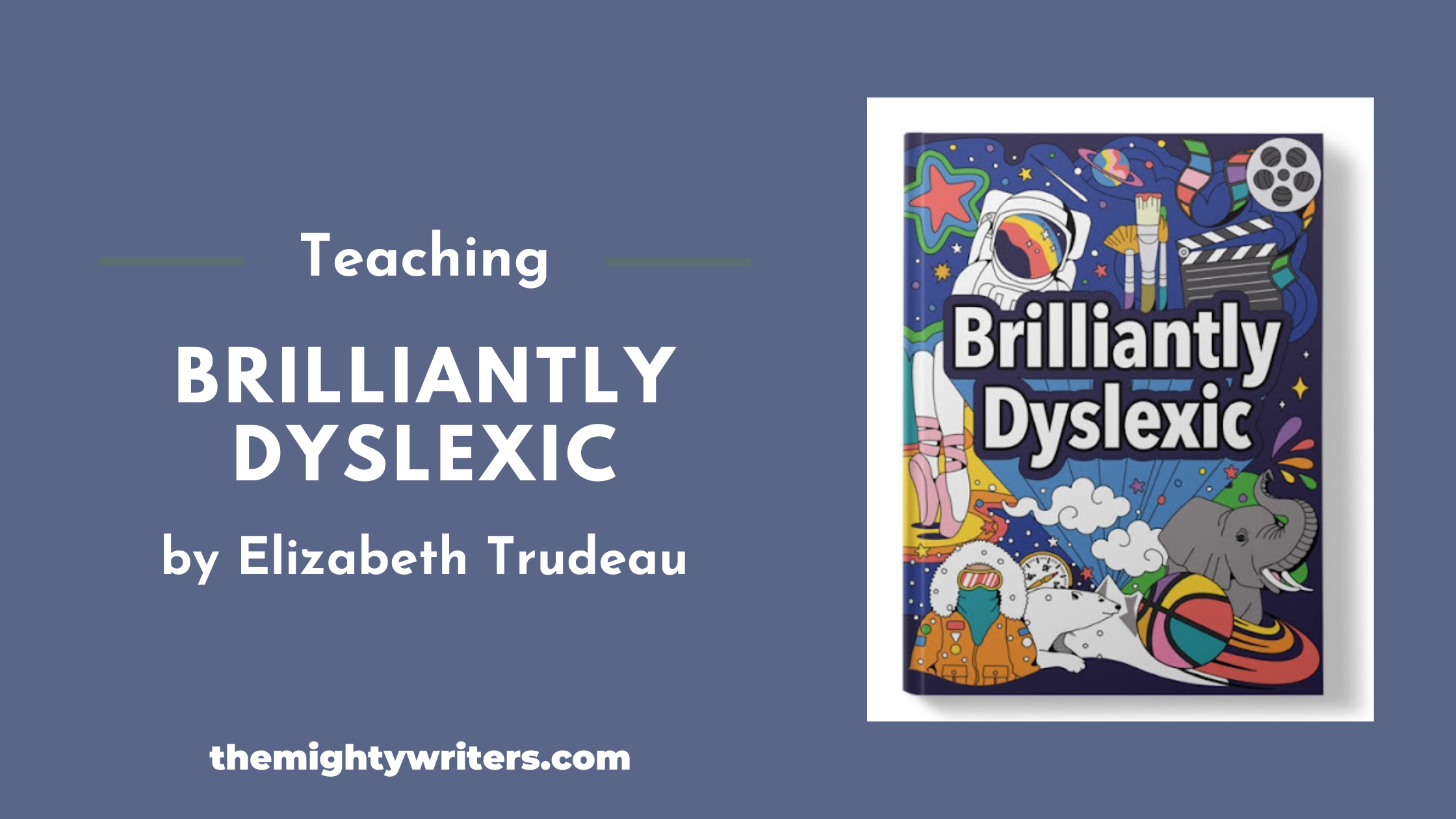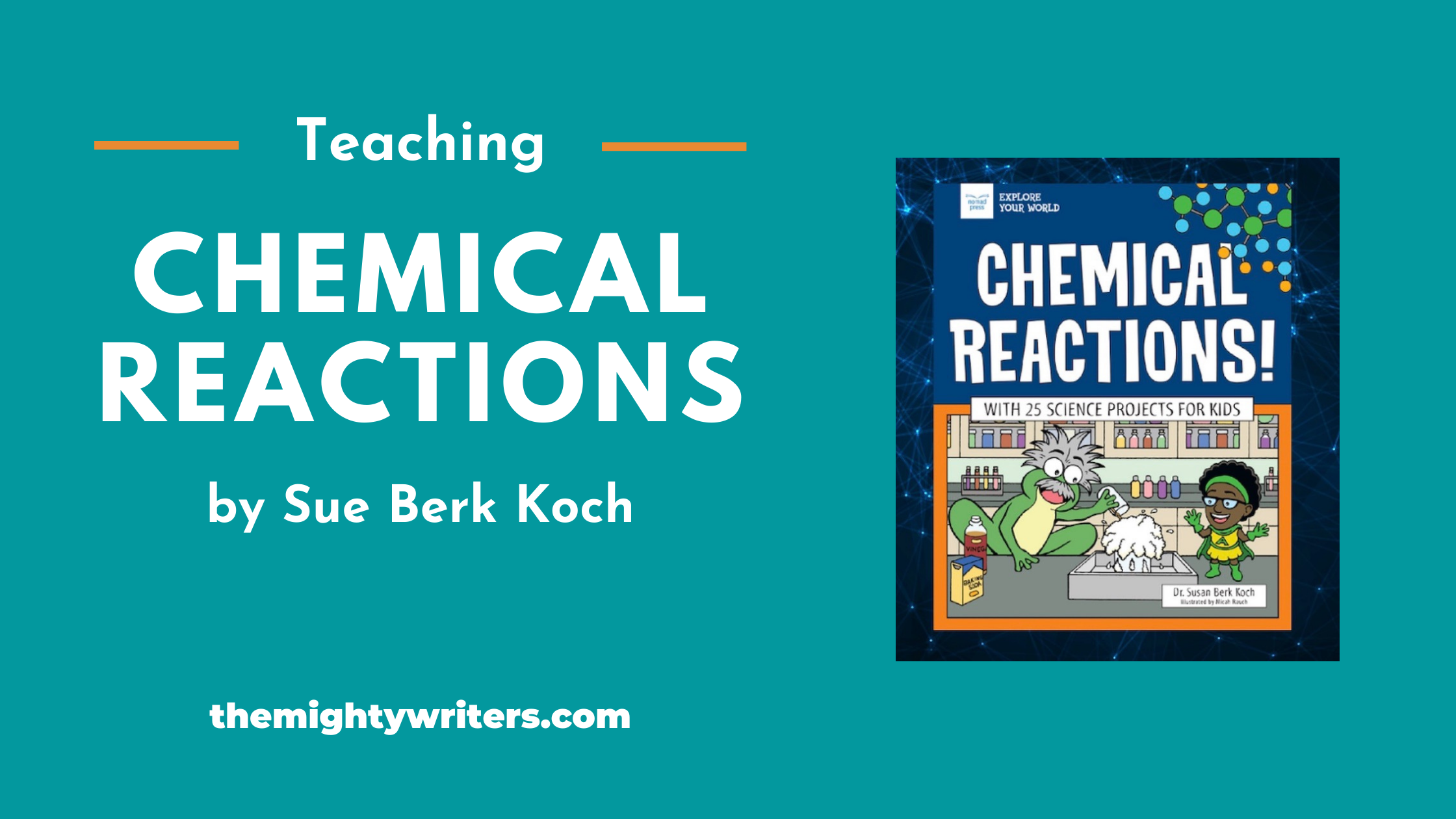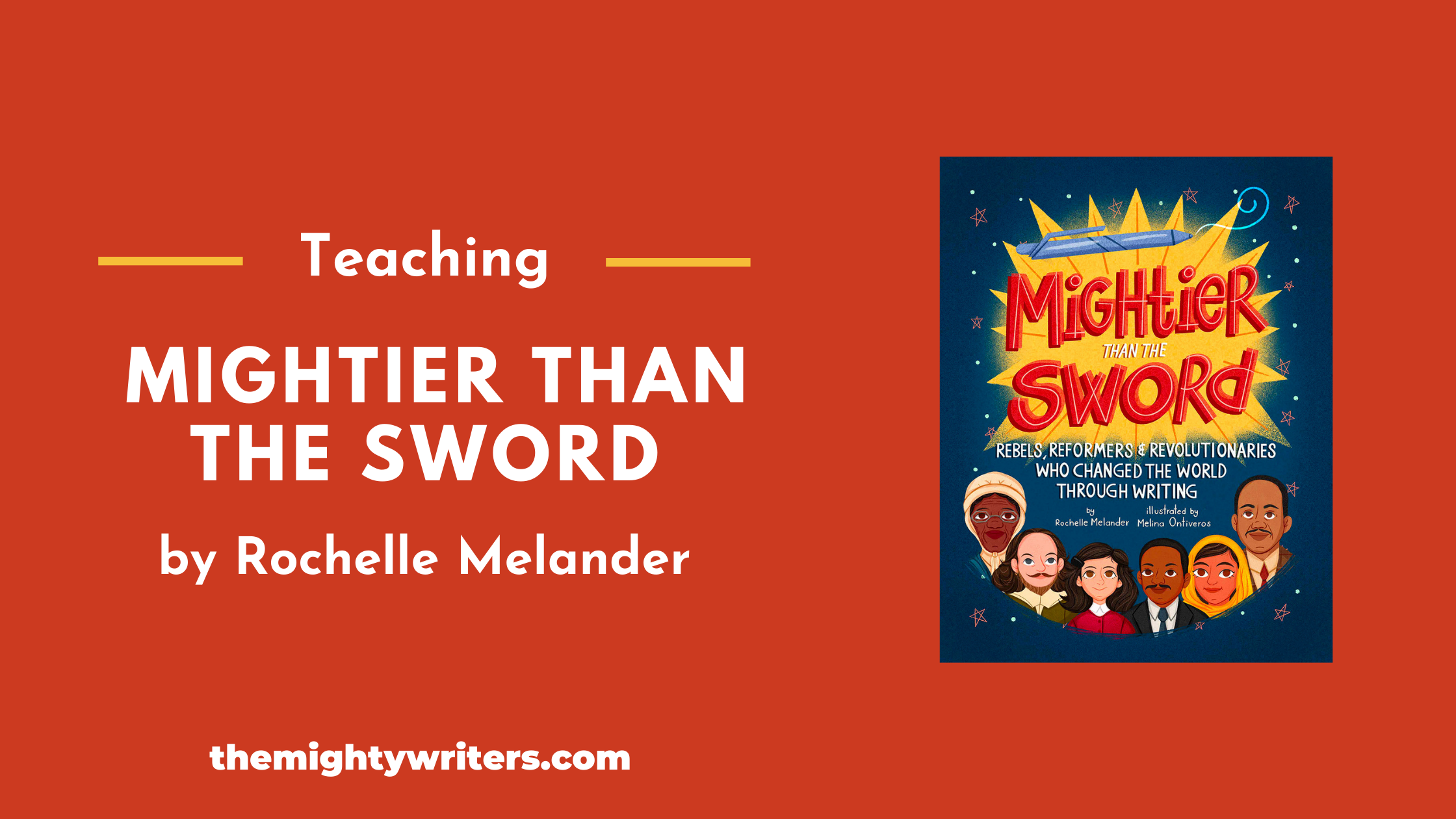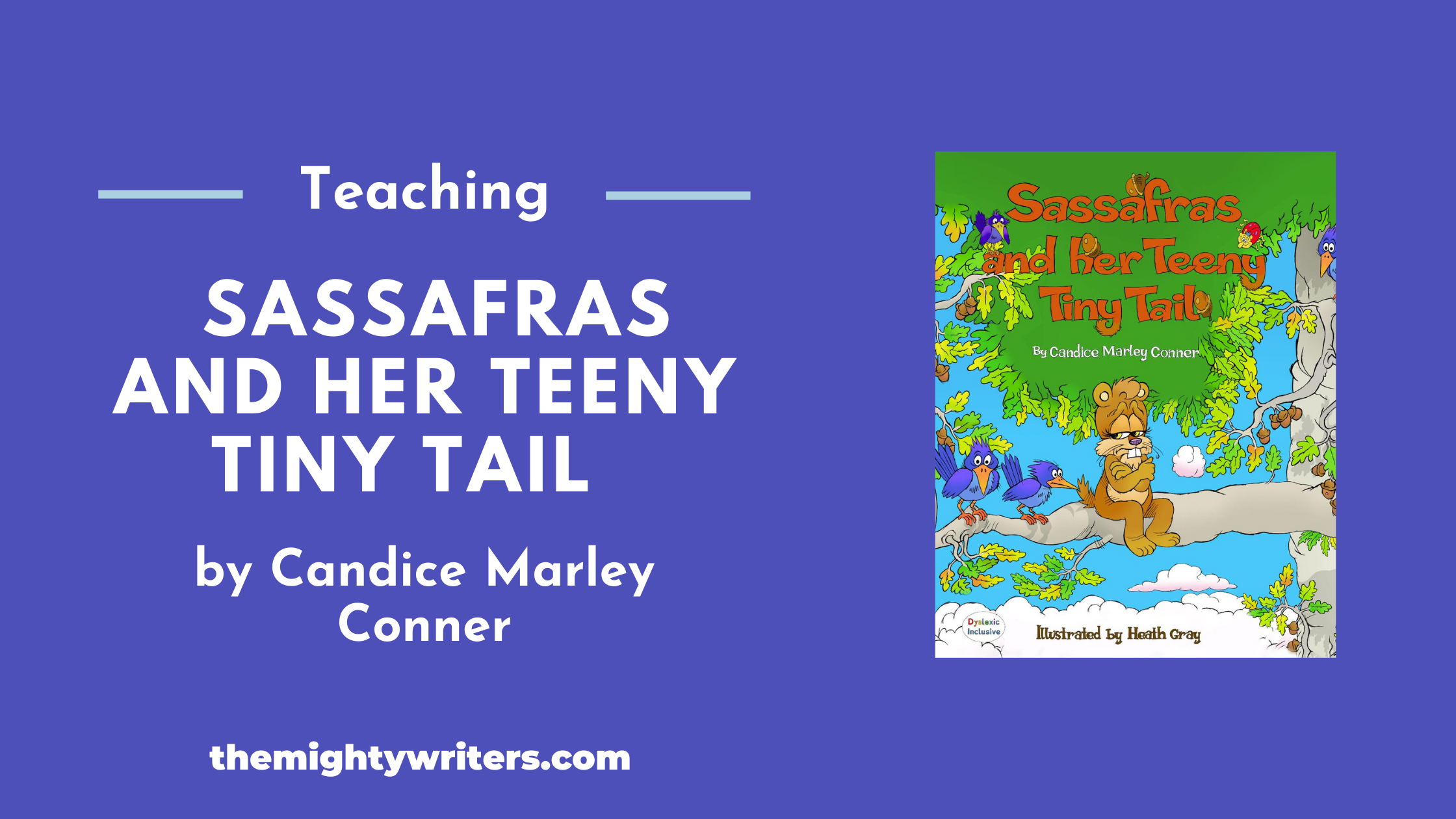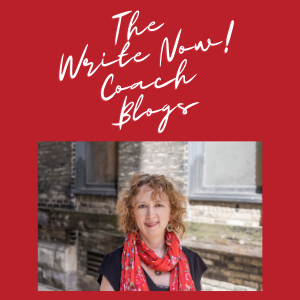A Note to Readers
When I met Liz Trudeau, I knew I had to feature her on the Tales for Mighty Writers Blog! I wrote Mightier than the Sword to explore how writers changed the world. I was curious about how they overcame obstacles to succeed.
The award winning science fiction novelist Octavia Butler had mild dyslexia as a child. She also dealt with poverty and a lack of support. But those challenges didn’t stop her from becoming a writer. The children who read Brilliantly Dyslexic will benefit from reading stories like this–and seeing the many ways they can change the world.
Enjoy!
Rochelle
Teaching Brilliantly Dyslexic
Tell us about your book.
Brilliantly Dyslexic is a children’s book packed with over 20 true stories about incredible dyslexics from engineers to entrepreneurs to artists. Each story in Brilliantly Dyslexic features a portrait by a different artist from around the world.
Children will find role models who encourage them to dream big, play to their strengths, and never let challenges define them…like Carol Moseley Braun, who overcame struggles in school and defied everyone’s expectations to become first Black Female US senator.
Designed as a read-aloud book for ages 8-12, the stories are a perfect length for classroom reading – just a couple pages.
In addition to the stories, the book includes a section with reflections and advice from dyslexic learners (age 8-21), and a section with what everyone needs to know about dyslexia.
What do you hope your young readers will take away from your book?
My hope is for struggling readers to see glimmers of themselves reflected in the stories. If you’re a kid who struggles to read and write, it’s a HUGE deal to you. And, you need to see that feels-like-it-defines-my-whole-life thing reflected in the world in a positive way.
For all children, I hope that Brilliantly Dyslexic helps normalize struggle and feelings of failure as a part of learning and life.
Brilliantly Dyslexic empowers parents, teachers, librarians, and peers to talk about dyslexia and other learning differences in a positive and authentic way, and appreciate that everyone has different struggles and strengths. And, with dyslexia affecting so many people (15-20%), we need to be talking about it in every classroom.
How might a teacher or librarian use your book in the classroom?
Brilliantly Dyslexic fits well with English Language Arts and SEL curriculum. Each story can stand alone for classroom or library reading. Dyslexia Awareness Month (October) is a perfect time to introduce the topic.
Can you share an exercise or activity that teachers can do with students after they’ve read your book?
I hear regularly from teachers who are using the stories in their class. Here’s one example from a 3rd/4th grade class: The teacher read one of the stories to the class, showed a short video about dyslexia (like this one), opened up the topic for discussion with the class for questions, and then asked the children to write an Acrostic poem on dyslexia.
What book(s) pair well with your book?
Fish in a Tree by Lynda Mullaly Hunt
Goodnight Stories for Rebel Girls by Rebel Girls
Stories for Boys Who Dare to be Different By Ben Brooks
The Illustrated Guide to Dyslexia and Its Amazing People by Kate Power; Kathy Iwanczak Forsyth
 About the author. Liz Trudeau lives in San Francisco with her family, including her brilliant + dyslexic daughter, Quinn. She is the author of the middle-grade narrative nonfiction book, Brilliantly Dyslexic.
About the author. Liz Trudeau lives in San Francisco with her family, including her brilliant + dyslexic daughter, Quinn. She is the author of the middle-grade narrative nonfiction book, Brilliantly Dyslexic.

